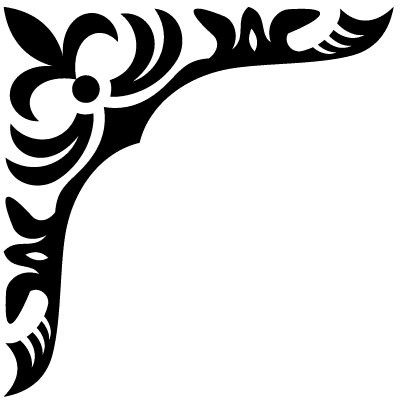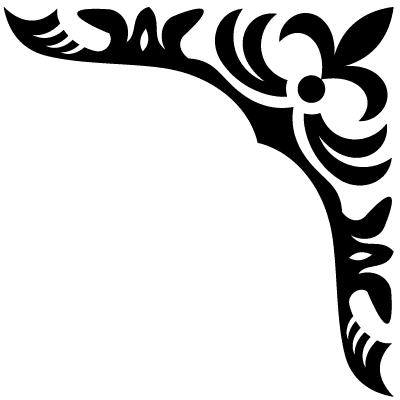


The History of Psilocybin Mushrooms
Psilocybin Mushrooms, commonly known as magic mushrooms, have a rich and varied history spanning many cultures and centuries. Here’s an overview:
Prehistoric and Ancient Use
- Prehistoric Era: Evidence suggests that humans have been using psilocybin mushrooms for thousands of years. Rock art from indigenous cultures in Africa and Spain, dating back to 9000 BCE, depicts mushrooms, suggesting their ritualistic use.
- Mesoamerica: Ancient civilizations like the Aztecs, Maya, and Mixtec used psilocybin mushrooms for religious and spiritual ceremonies. The Aztecs referred to them as “teonanácatl,” meaning “God’s flesh.” They were believed to connect users with the divine and were used by priests and shamans to communicate with spirits and gods.
Colonial Era
- Spanish Conquest: During the Spanish colonization of the Americas in the 16th century, Catholic missionaries documented the use of psilocybin mushrooms among indigenous peoples. The Spanish attempted to suppress their use, associating it with pagan rituals and witchcraft.
20th Century Rediscovery
- 1950s: The modern Western world rediscovered psilocybin mushrooms largely thanks to the work of R. Gordon Wasson, an American banker and ethnomycologist. In 1955, Wasson participated in a mushroom ceremony in Mexico, led by the Mazatec curandera María Sabina. His subsequent article in “Life” magazine in 1957 brought widespread attention to psilocybin mushrooms.
- 1958: Albert Hofmann, the Swiss chemist who discovered LSD, first isolated and identified psilocybin and psilocin as the active compounds in these mushrooms.
Counterculture Movement
- 1960s: Psilocybin mushrooms became a symbol of the counterculture movement. Prominent figures like Timothy Leary and Terence McKenna advocated for their use, exploring their potential for expanding consciousness. Leary’s Harvard Psilocybin Project conducted experiments on the effects of psilocybin, although it faced significant controversy and eventually led to Leary’s dismissal from Harvard.
- 1970: The Controlled Substances Act in the United States classified psilocybin and psilocin as Schedule I substances, making them illegal. Other countries implemented similar prohibitions.
Modern Research and Legalization Efforts
- 2000s: Renewed interest in the potential therapeutic benefits of psilocybin led to a resurgence in scientific research. Studies have investigated its use in treating depression, anxiety, PTSD, and addiction, showing promising results.
- 2018-2020: Several cities and states in the U.S., including Denver, Colorado, and Oregon, decriminalized or legalized psilocybin for medical and therapeutic use. The trend towards decriminalization and legalization continues to grow as more research supports its benefits.
Cultural Impact
Psilocybin mushrooms have influenced art, literature, and music, inspiring works that explore altered states of consciousness and the human psyche. They remain a subject of fascination and study within both scientific and spiritual communities.
This brief history highlights the enduring significance of psilocybin mushrooms in human culture, from ancient spiritual practices to modern therapeutic applications.
